On April 26, 1954, the French troops lived in extremely terrible conditions. On an area of 1 square kilometer, a large area on the river bank had to be reserved for the hospital and the "communal pit".
On April 26, General Candera returned to Saigon. Candera mentioned that 80 bombers would be used around the Dien Bien Phu valley and the Tuan Giao logistics area, with combined American and French crews. The operation would be carried out in 62 hours and a senior officer would be sent from Saigon to Clark Field to prepare for the implementation of the Vulture plan, to relieve the Dien Bien Phu stronghold.
As the stronghold continued to shrink, so did the area for the wounded and the dead. The French engineers dug new trenches to expand the hospital, but there was still not enough room for the wounded. Many had to lie down right at the stronghold. The only remaining excavator was used only to dig holes to bury the dead.

French soldiers at Dien Bien Phu. Photo archive
The list of supplies for Dien Bien Phu had an urgent request for DDT. Flies came to lay eggs on the wounds. The seriously wounded lay on bunks, six to a small cellar. Many had head injuries and gangrene. Blood and pus from those lying above flowed down to those lying below. Arms, legs, and syringes were buried in the tunnels. When it rained, water from outside flowed in, and everything floated up. Most of the water filters were broken. The commanders ordered the soldiers to dig wells. But all they found was a muddy, oily water. The airfield had been abandoned, and the enemy had taken the plates and laid them on the trenches, covering them with dirt to avoid shrapnel. These plates turned them into rats day and night, living in the dark. Leaving the fortifications to collect parachutes or fetch water meant being a target for snipers, and it was difficult to return safely. The Dien Bien Phu stronghold urgently requested to send as many periscopes as possible, because sticking one's head above the trench to observe would be extremely dangerous.
The encirclement was narrowed, and supplies and reinforcements became extremely difficult. The American pilots who did this work were considered brave, but they were not up to the task, having to fly low to drop parachutes in a small, narrow airspace with anti-aircraft guns and anti-aircraft guns waiting. On April 26 alone, 50 planes were hit in the sky over Dien Bien Phu and three were shot down, including a B26 and two Hellcats of the 11th Fleet, flown by American pilots. That night, the enemy in Hanoi promised to send 80 reinforcements, but only parachuted 36; promised to drop 150 tons of supplies, but only dropped 91 tons, with 34% falling on our side.

Our troops captured French prisoners of war. Photo: VNA
On April 26, 1954, as the Vietnam People's Army prepared for the third attack to decide the fate of the French expeditionary force in Dien Bien Phu, the Geneva Conference began. At first, the conference focused on the Korean War, not on the Indochina issue.
Coordinate with Dien Bien Phu battlefield
At the Pa Luong battlefield, Company 829 of Battalion 394 shot down a B26 aircraft. On the same day, at the Khe Chot battlefield, Company 817 also shot down a B26 aircraft and captured two pilots.
THANH VINH/qdnd.vn
Source


![[Photo] Top players gather at the 2025 Nhan Dan Newspaper National Table Tennis Championship](https://vphoto.vietnam.vn/thumb/1200x675/vietnam/resource/IMAGE/2025/5/23/9ad5f6f4faf146b08335e5c446edb107)







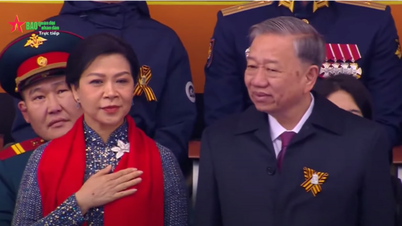








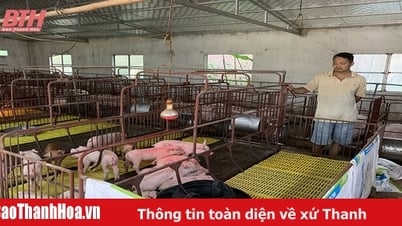





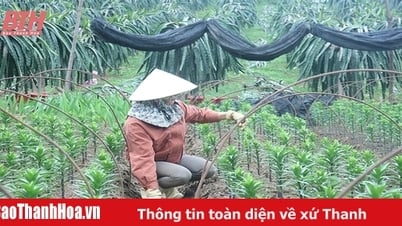






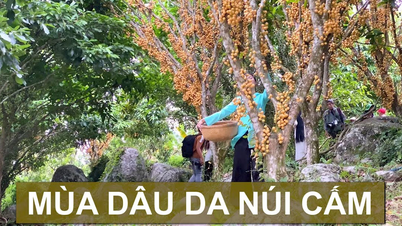

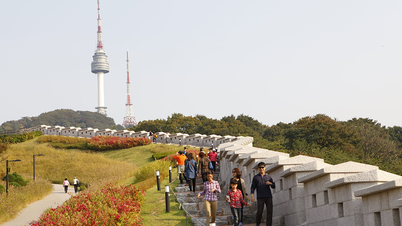











































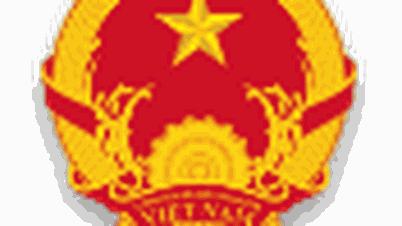






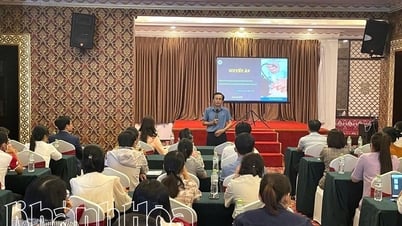


![[PHOTO] Green bamboo hills of A Lu](https://vphoto.vietnam.vn/thumb/402x226/vietnam/resource/IMAGE/2025/5/23/0289501c5a834422bd096f1f62b5c8e4)














Comment (0)